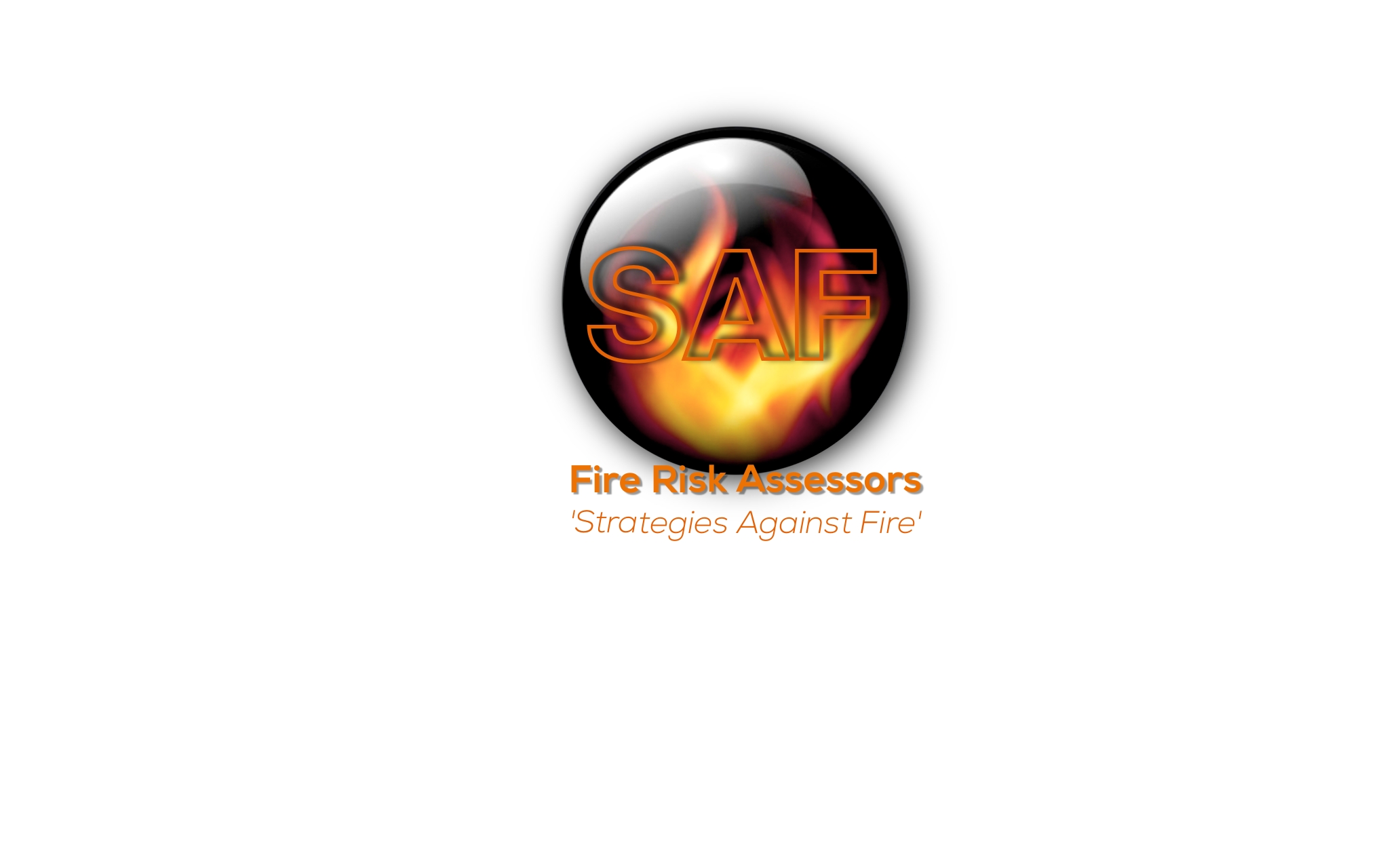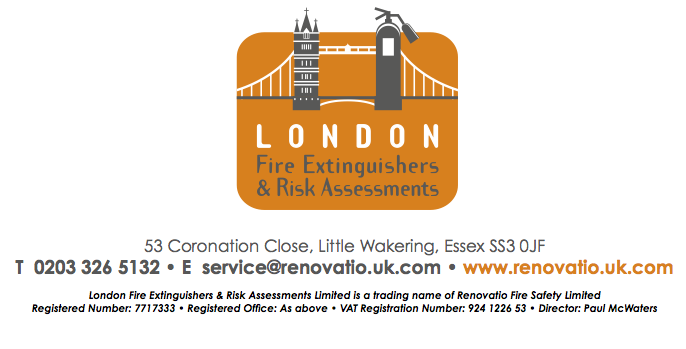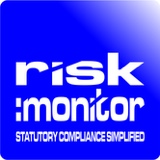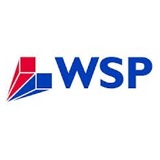Information
-
Audit Title
-
Document No.
-
Client / Site
-
Conducted on
-
Prepared by
-
Location
-
Personnel
Part 1: GENERAL INFORMATION
-
The purpose of this report is to provide an assessment of the risk to life from fire in these premises and where appropriate, to make recommendations to ensure compliance with fire safety legislation (Regulatory Reform Fire Safety Order 2005).
This risk assessment should be reviewed by a competent person by the date indicated above or at such earlier time as there is reason to suspect that it is no longer valid, or there has been a significant change in the matter to which it relates, or if a fire has occurred.
The responsible person for fire safety
-
Name of the responsible person
-
Contact details of responsible person
1 The Building
-
Number of Floors
- 1
- 2
- 3
- 4
- 5
- 6
- 7
- 8
- 9
- 10
-
Floor area: (m2 per floor)
-
Floor area: (m2 total)
-
Brief details of construction:
-
Occupancy type:
2 The occupants
-
Maximum number of occupants:
-
Maximum number of members of the public at one time:
3 Occupants at special risk
-
Are children employed at the premises?
-
Are there sleeping occupants?
-
Are there disabled occupants?
-
Are there occupants in remote areas?
-
Are there lone workers?
4 Previous Fire loss experience
-
Is there any previous history of fire loss in the premises (if yes give details)
5 Other relevant background
-
Are there any residential properties in or attached to the building
-
Is there a prohibition notice in force? (if yes give date of issue)
-
Is there an alteration notice in force? (if yes give date of issue)
-
Is there an enforcement notice in force? (if yes give date of issue and date of when work is to be completed by)
Part 2: FIRE HAZARDS AND ELIMINATION OR CONTROL
6 Electrical sources of ignition
-
Are reasonable measures taken to prevent fires of electrical origin?
-
Is the fixed wiring installation periodically tested and inspected?
-
Are portable appliances tested/inspected?
-
Is there a suitable policy about the use of personal electrical appliances?
-
Is there a suitable limitation on the use of trailing leads and adapters?
7 Smoking
-
Are reasonable measures taken to prevent fires as a result of smoking?
-
Is smoking prohibited in appropriate areas?
-
Are there suitable arrangements made for those who wish to smoke?
-
Is the appropriate smoking prohibition notice displayed at the building's entrance?
8 Arson
-
Does the basic security against arson appear reasonable?
-
Is there sufficient control of unnecessary fire load in close proximity to the building or available for ignition by outsiders?
9 Portable heaters and heating installation
-
Is the use of portable heaters avoided as far as reasonably practicable?
-
If portable heaters are used, are the more hazardous types (radiant bars and LPG) avoided?
-
If portable heaters are used are suitable measures taken to minimise the risk of ignition of combustible materials?
-
Are fixed heating installations subject to regular maintenance?
10 Cooking facilities
-
Are reasonable measures taken to prevent cooking fires?
-
Are suitable extinguishers available?
11 Lightning
-
Does the building have lightning protection system if required? (if yes has it been tested and are records of testing kept)
12 Other significant ignition sources that warrant consideration
-
List other ignition sources:
13 Housekeeping
-
Is the standard of housekeeping adequate?
-
Are combustible materials separated from ignition sources?
-
Is the unnecessary accumulation of combustibles and waste avoided?
-
Is there appropriate storage of hazardous materials?
-
Are combustible materials stored appropriately?
14 Hazards introduced by contractors and building works
-
Is there sufficient control over works by contractors (e.g. Permits to work & hot works permits)?
-
Are there arrangements for the safe storage of gas bottles and others hazardous materials
-
Are fire safety conditions and instructions communicated to contractors?
15 Dangerous Substances
-
Are dangerous substances present on the premises?
-
Has the risk to relevant persons been adequately eliminated or reduced?
Part 3: FIRE PROTECTION MEASURES
16 Means of escape
-
Is the building provided with adequate means of escape in case of fire?
-
Are there sufficient exits?
-
Are exits easily and immediately openable where necessary?
-
Do fire exits open in the direction of travel where necessary?
-
Have sliding or revolving doors been avoided as fire exits?
-
Are there adequate means of securing exits?
-
Are there reasonable distances of travel where there is a single direction of travel?
-
Are there reasonable distances of travel where there are alternative means of escape?
-
Are escape routes adequately protected?
-
Are there suitable fire precautions for all inner rooms?
-
Are escape routes unobstructed?
-
Are there suitable means of escape for disabled occupants?
17 Measures to limit fire spread and development.
-
Is there a sufficient standard of compartmentation of a reasonable standard?
-
Are linings that promote fire spread avoided as far as reasonably practicable?
18 Escape lighting ( based on visual inspection ~ no test of luminance levels or verification of full compliance with relevant British Standards )
-
Is there a reasonable standard of escape lighting provided?
19 Fire safety signs and notices
-
Are fire safety signs and notices suitable and sufficient?
20 Means of giving warning in the event of fire
-
Is there an appropriate means of raising the alarm without placing persons at risk?
-
Is automatic fire detection provided?
-
Extent of automatic fire detection generally appropriate for the occupancy and fire risk?
21 Manual fire extinguishing appliances
-
Is there suitable and sufficient provision of portable fire extinguishers?
-
Are all fire extinguishing fire appliances readily accessible?
22 Relevant automatic fire extinguishing systems
-
Type of system:
-
Comments and observations:
Part 4: MANAGEMENT OF FIRE SAFETY
24 Procedures and arrangements
-
Fire Safety is managed by:
-
Are there competent persons appointed to assist in undertaking the preventive and proactive measures?
-
Are appropriate fire procedures in place? (including arrangements for calling the fire service)
-
Are there suitable arrangements in place to meet the fire & rescue service on arrival and provide relevant information, including that relating to hazards to firefighters?
-
Suitable arrangements in place to ensure the premises has been evacuated?
-
A fire assembly point nominated away from the building and clear of danger from responding emergency services?
-
Are there persons nominated to respond to investigate the activation of an alarm signal?
-
Adequate procedures for evacuation of any disabled persons who are likely to be present?
25 Training and drills
-
Are staff given instruction about fire safety procedures on induction?
-
Do staff receive periodic refresher training at suitable intervals?
-
Are staff with special responsibilities ( eg Fire Wardens ) given appropriate training?
-
Are fire drills carried out at appropriate intervals?
26 Testing and maintenance
-
Is the workplace adequately maintained?
-
Is there weekly testing and periodic servicing of the fire detection and alarm system?
-
Is there monthly, six-monthly and annual testing of the emergency lighting?
-
Is there monthly ( user checks ) and annual maintenance and testing of fire extinguishing equipment in accordance with BS 5306?
-
Is there annual inspection and test of the lightning protection system?
-
Is there six monthly and annual testing of wet/dry risers?
-
Is there routine checks of fire doors and final exit doors?
-
Other relevant inspection and test
27 Records
-
Are there records of fire drills?
-
Are there records of fire training?
-
Are there records of fire alarm tests?
-
Are there records of emergency lighting tests?
-
Are there records of maintenance and testing of other fire protection systems?
Part 5: RISK RATING AND RECOMMENDATIONS
Risk Items
-
Item 1
-
Probability (likelihood of fire)
- 1 = Highly unlikely
- 2 = Unlikely
- 3 = Possible
- 4 = Likely
- 5 = Almost certain
-
Consequence (impact on life safety)
-
Risk rating score (probability x consequence)
-
Recommendations
-
Action
-
Item 2
-
Probability (likelihoodf of fire)
-
Consequence (impact on life safety)
-
Risk rating score (probability x consequence)
-
Recommendations
-
Action
-
Item 3
-
Probability (likelihood of fire)
-
Consequence (impact on life safety)
-
Risk rating score (probability x consequence)
-
Recommendations
-
Action
-
Item 4
-
Probability (likelihood of fire)
-
Consequence (impact on life safety)
-
Risk rating score (probability x consequence)
-
Recommendations
-
Action
-
Item 5
-
Probability (likelihood of fire)
-
Consequence (impact on life safety)
-
Risk rating score (probability x consequence)
-
Recommendations
-
Action
-
Item 6
-
Probability (likelihood of fire)
-
Consequence (impact on life safety)
-
Risk rating score (probability x consequence)
-
Recommendations
-
Action
-
Item 7
-
Probability (likelihood of fire)
-
Consequence (impact on life safety)
-
Risk rating score (probability x consequence)
-
Recommendations
-
Action
-
Item 8
-
Probability (likelihood of fire)
-
Consequence (impact on life safety)
-
Risk rating score (probability x consequence)
-
Recommendations
-
Action
-
Item 9
-
Probability (likelihood of fire)
-
Consequence (impact on life safety)
-
Risk rating score (probability x consequence)
-
Recommendations
-
Action
-
Item 10
-
Probability (likelihood of fire)
-
Consequence (impact on life safety)
-
Risk rating score (probability x consequence)
-
Recommendations
-
Action
-
Received by responsible person / representative
-
Assessor Signature
-
Pictures
Re-Assessment
-
Recommended date for re-assessment











